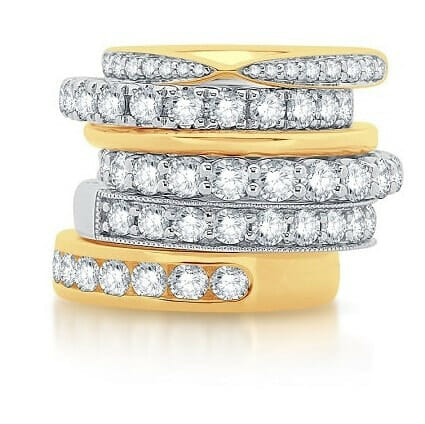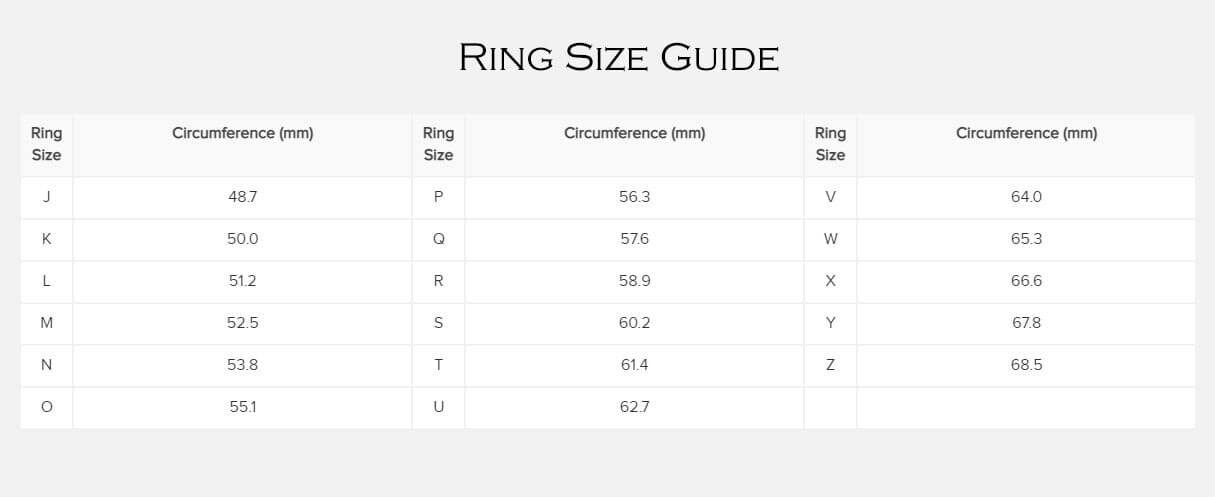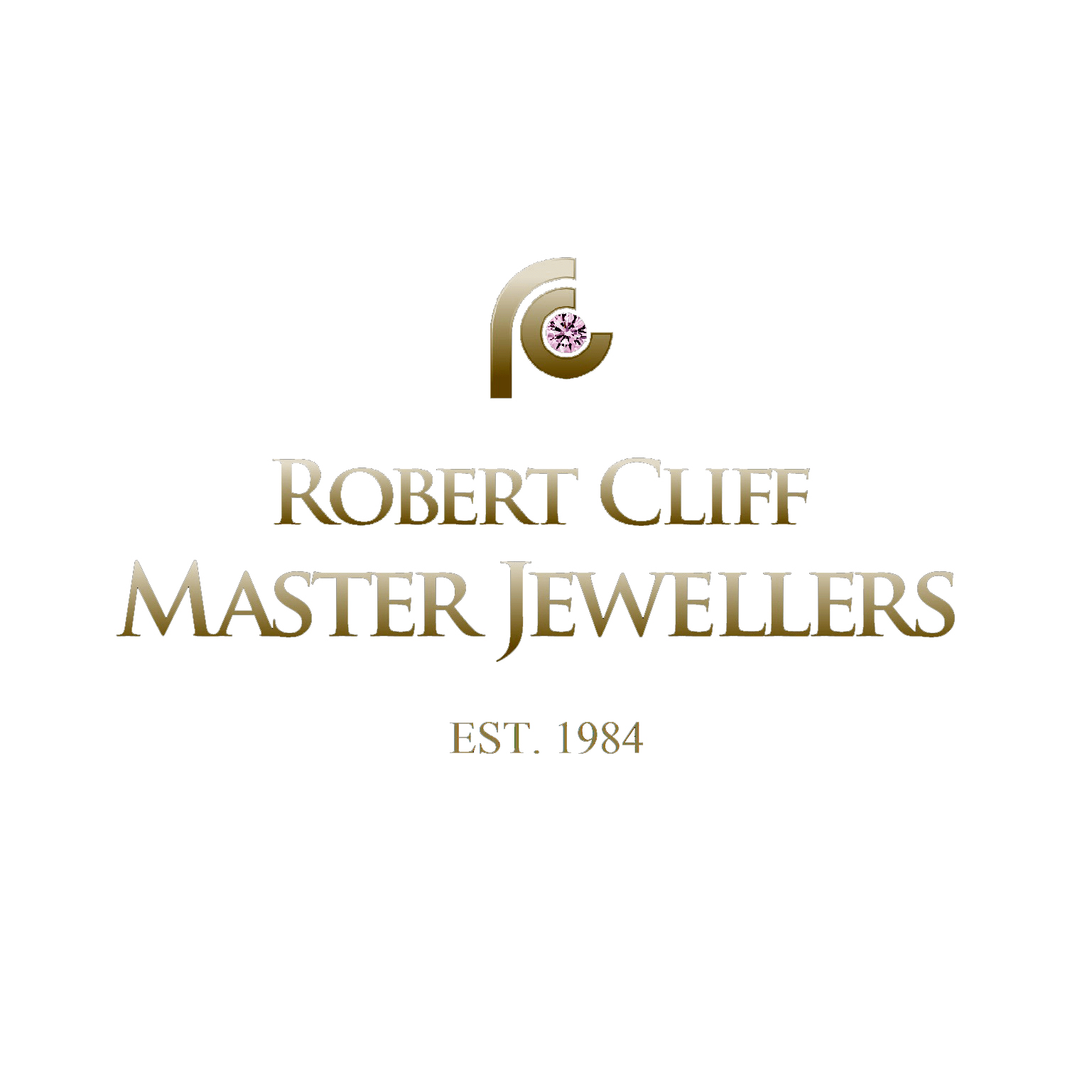Select A Shape


Diamond shape is the geometric appearance of the diamond. Round is by far the most popular shape, followed by square (princess, cushion), rectangular (emerald, radiant), pear, oval and heart.
Picking the perfect engagement ring means more than just learning the 4C’s. Of course, you need to know these details so you don’t get ripped off. But it is equally important to find the ring that matches her personality.
ROUND DIAMONDS
The most popular diamond shape is the round brilliant cut. Carefully refined over nearly 100 years to maximize light return and sparkle. Created by Marcel Tolkowsky in 1919, round diamonds have 58 facets, which cause light to bounce from the bottom of the diamond back through the top, giving it’s unbelievable sparkle. The shape is extremely versatile and timeless, looking clean and modern in simple settings, yet equally as nice in more elaborate styles. In a nutshell, a well-set round diamond will give you the most sparkle for your buck.
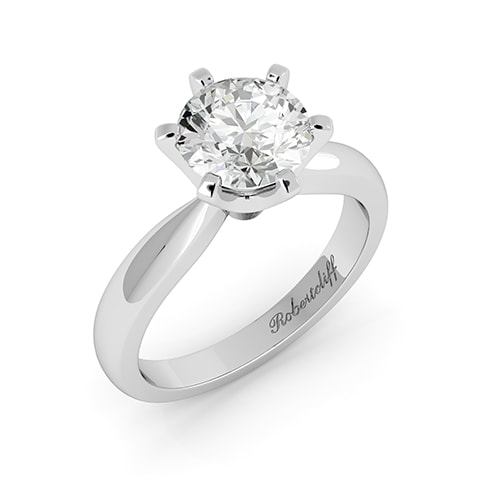

PRINCESS CUT DIAMONDS
Princess cut diamonds are the second most popular diamond shape. The year was 1961—London was swinging, and jewelry designer Arpad Nagy was inventing the princess—a square-shaped diamond with an array of intricate facets (anywhere from 49 to 144, depending on the diamond’s size) Princess cut diamonds possess the gorgeous sparkle of round brilliant diamonds in a distinctive square shape. They offer a contemporary look and the flexibility to work in almost any style of ring.
CUSHION CUT DIAMONDS
Cushion cut diamonds combine the appeal of a square cut diamond but with soft, rounded edges, lending this shape a romantic feel. This timeless shape is derived from the old mine cut, and has been refined over hundreds of years. Famous fingers romancing this stone include Iggy Azalea, who said yes to LA Lakers star Nick Young and the big, cushion-shaped yellow diamond he proposed with, and Brooke Shields, who sports hubby Chris Henchy’s symbol of undying love. When former teen TV stars Leighton Meester and Adam. Cushion cut diamonds are a beautiful choice for any setting style.


PEAR DIAMONDS
Pear shapes feature a rounded edge tapering to a point at the opposite end. This unique shape flatters fingers and offers a distinctive look. A fusion of the marquise shape and the most popular round brilliant cut, pear shaped diamonds are intended to showcase the sparkle of the diamond, making it important to find a stone with great symmetry.
EMERALD DIAMONDS
Emerald cut diamonds are treasured for their elegant silhouette. The shallow pavilion and crown accentuate the clarity of the stone, while the reflective steps enhance the color and luster of the diamond.
What it lacks in brilliance, it more than makes up for in undeniable quiet elegance and cool confidence. Created in the art deco period, the emerald boasts long, glamorous lines, a rectangular shape with cut corners that resemble stair steps (it’s often called a step cut), and its name was taken from the most popular shape for emeralds in the 1920s.


OVAL DIAMONDS
Similar to round diamonds, oval diamonds have a remarkable brilliance. Even and symmetrical, this shape is popular as a solitaire among those with smaller hands or shorter fingers, because the oval’s elongated shape gives the illusion of length to the hand, resulting in slender-looking fingers. However, the oval is also often flanked by side stones, whether smaller diamonds, sapphires, emeralds or other gems, appealing to a wide range of tastes.
Oval diamonds are highly versatile, remarkably elegant, and distinctive.
RADIANT CUT DIAMONDS
Hard to find and not commonly used for engagement rings due to its scarcity, the radiant marries the elegant glamour of the emerald shape with the brilliance of the round, resulting in a rare sparkly square with trimmed corners. Its extra special sparkle is the result of the way its underside is cut, with 70 facets to be exact, to maximize the effect of its color refraction.

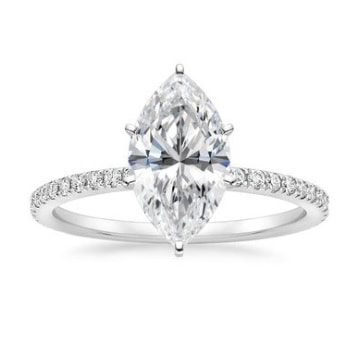
MARQUISE DIAMONDS
Like most things interesting, the majestic marquise is swathed in dramatic history. Legend has it that this cut was invented during the 18th-century reign of Louis XIV, allegedly named for his mistress, the Marquise de Pompadour, and inspired by her smile. The uniquely tapered cut, essentially an oval with rounded sides and points at each end, is distinctive and dramatic, much like the women who choose to wear it. Modern-day versions often have a hexagon-shaped surface with facets on the top and bottom to reflect light. This clever cut can also look larger than it actually is, and due to its elongated shape, can make fingers look leaner and more slender. It’s ideal for those looking to maximize carat weight, and for those who like a little opulence every now and again.
More coming soon…






